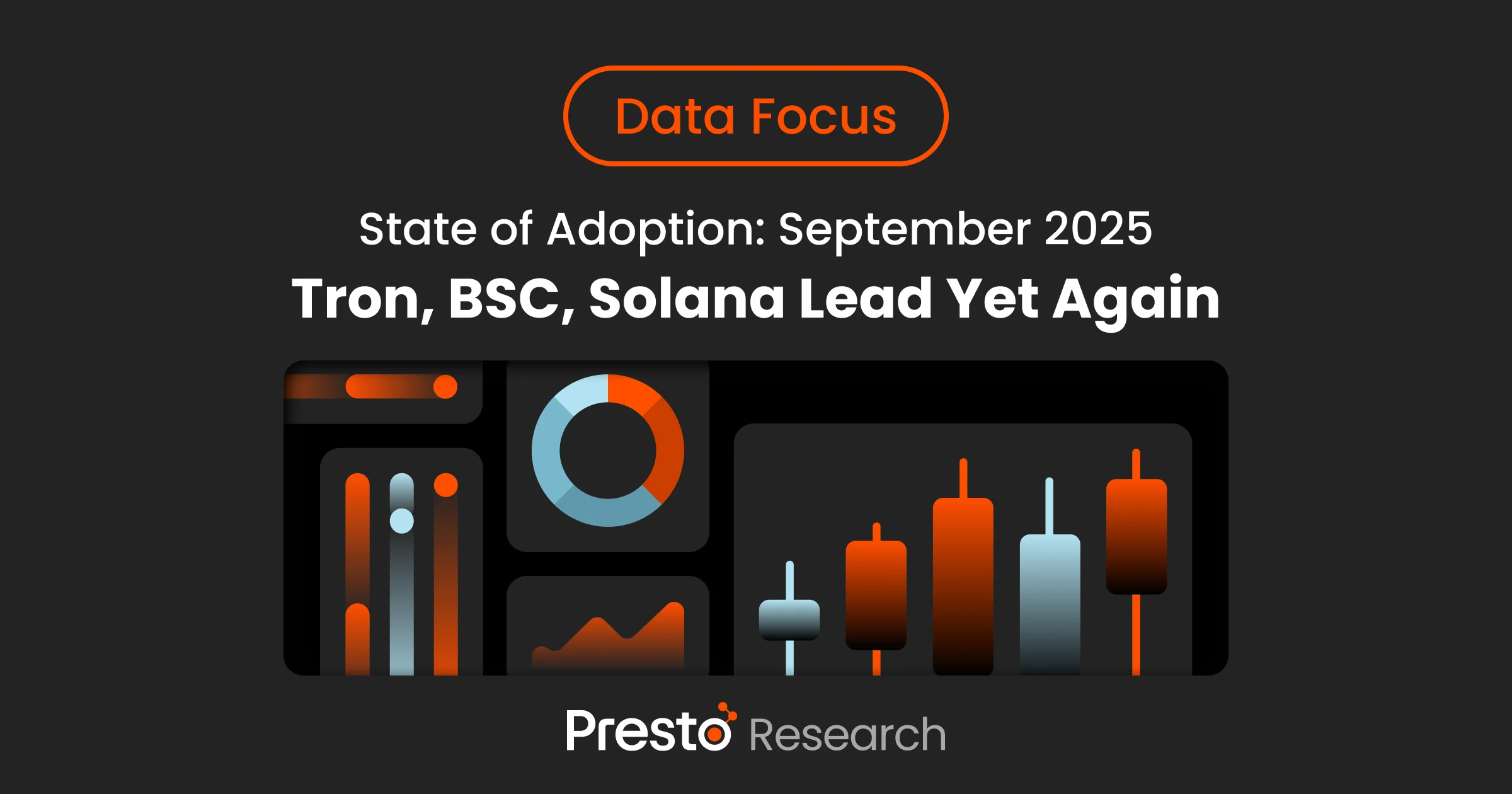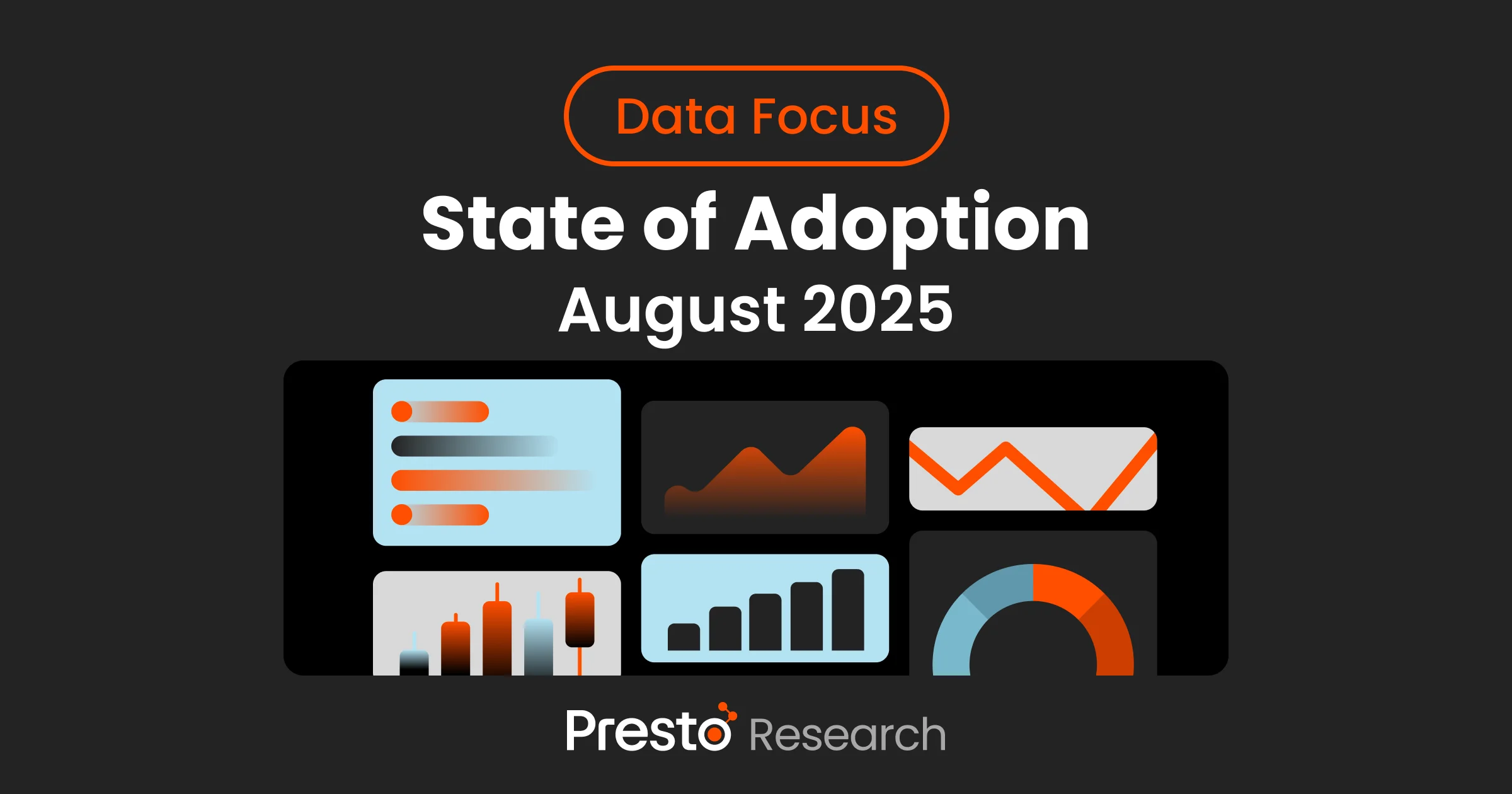Contents
Summary
April Spotlight: BTC in Context: One Year Since the Halving, 100 Days into Trump
1. Performance
1.1 Top 10 Coins by Market Cap
1.2 Returns by Timezone
1.3 BTC Monthly Returns Matrix
1.4 BTC and ETH monthly returns YTD
1.5 Fear-Greed Index
1.6 BTC dominance
2. ETF Flows
2.1 Aggregate BTC ETF Flows
2.2 BTC ETF Flows in November
2.3 BTC ETF Share by Product
3. Basis & Funding Rates
3.1 CME Futures Basis (Monthly)
3.2 CME Futures Basis
3.3 OI-Weighted Funding APR
3.4 Futures Basis
4. Liquidity, Volumes, Liquidations
4.1 Spot BTC Order Book Depth
4.2 Spot Order Book Ask-Bid Difference
4.3 Total Derivatives Volume
4.4 Perpetual Futures Liquidations
5. Options
5.1. BTC and ETH Put/Call Ratio
5.2. Skew
5.3. Risk Reversals
5.4. Butterfly
5.5. IV
5.6. RV
5.7. IV-RV
5.8. Term Structure
5.9. ETH-BTC IV Spread
6. On-Chain
6.1. Chain TVL Change
Appendix
Data Partners
Summary
April experienced 1 year from the latest BTC halving as well as 100-days into Trump’s second Presidency - hence, this month’s spotlight is on BTC’s performance throughout those periods and how it fared compared to expectations.
Sui led the returns for top 10 market cap coins with an incredible +54.75% month, more than double that of Solana which was in second place (Figure 1.1).
Bitcoin had its best month since the election month of November last year and its best April since 2020 (Figure 1.3), allowing the BTC Dominance to continue climbing to the highest level since February 2021 (Figure 0.3a, Figure 1.6).
Bitcoin ETF inflows saw an uptick after a muted March, with strong flows in the second half of the month, including two consecutive days of 800+ BTC in one day (Figure 2.2).
There were large swings in both directions and built up leverage, creating liquidation days of >$400MM for both longs and shorts in a single month (Figure 4.4).
ETH implied volatility was suppressed compared to its realised, allowing the spread to reach almost 20pts in late-April (Figure 5.7b).
On-chain, much like its token return performance, Sui led the TVL change (Figure 6.1).




